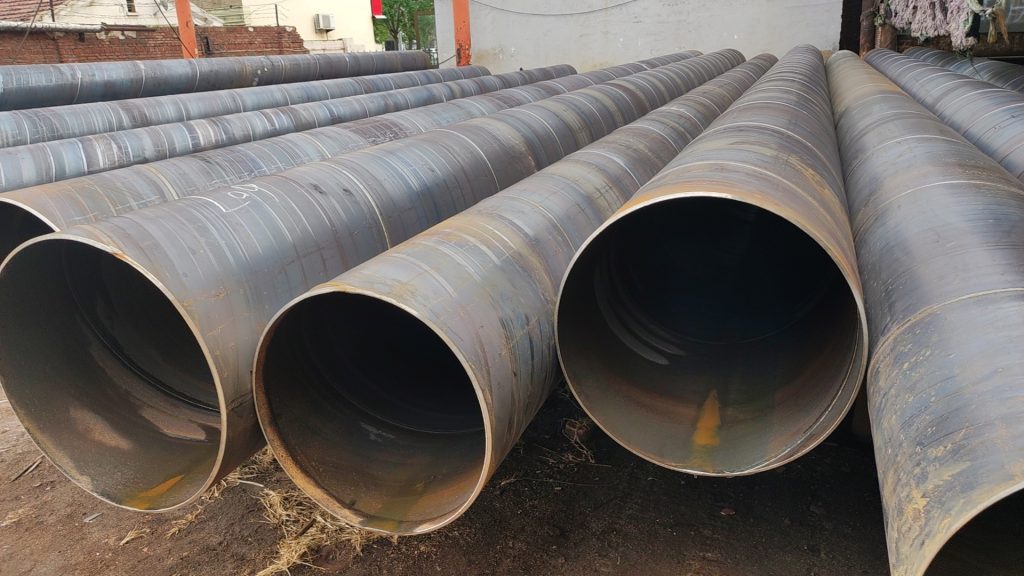The metallographic experiment of spiral submerged arc welded pipe can be seen through the microscope that the inside of the steel is made up of many different cells-like small pieces stacked up. Looking more closely, these small pieces actually belong to several different categories. We usually refer to the same type of small pieces as a “phase” or a “body”.

As we said, austenite and ferrite refer to two common organizational structures in steel, that is, two phases. Which phases are contained in a steel, the proportion of each phase, and the shape of the phases, all directly affect the performance of the steel. In other words, if the type, proportion, and form of phases in the steel change, the properties of the steel will change accordingly.
So, what factors have prompted changes over the years?
Obviously, changes in the composition of steel will definitely affect changes in the properties of the steel. For a certain type of steel with a fixed composition, such as steel grade grb, or X70, when they are deformed and heat treated. Its performance will also change.
To sum up, the main factors affecting the performance of steel are: composition. deformation and temperature. Heat treatment of steel: In order to make a certain kind of steel achieve the high performance we want, its internal organizational structure should be stabilized in a certain stable structural state.
In many cases we heat treat steel. Because many of our products are deformed through processing, the organizational structure of the deformed steel mentioned above will change, that is to say, the properties of the steel will change, and this change is often what we think If you don’t want to, then we will use heat treatment to eliminate these changes and restore the original characteristics of steel. Of course, we also perform other heat treatments due to other considerations.
You must be logged in to post a comment.

